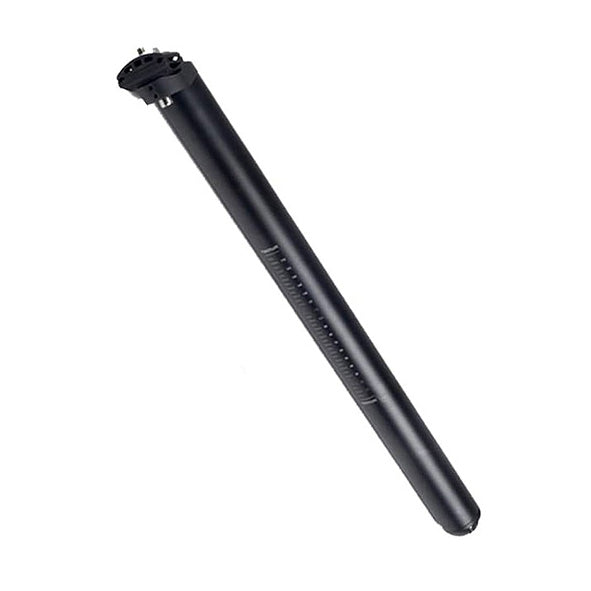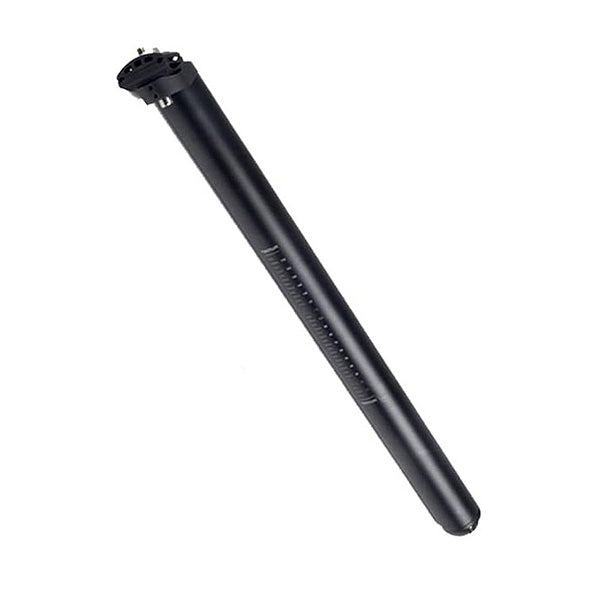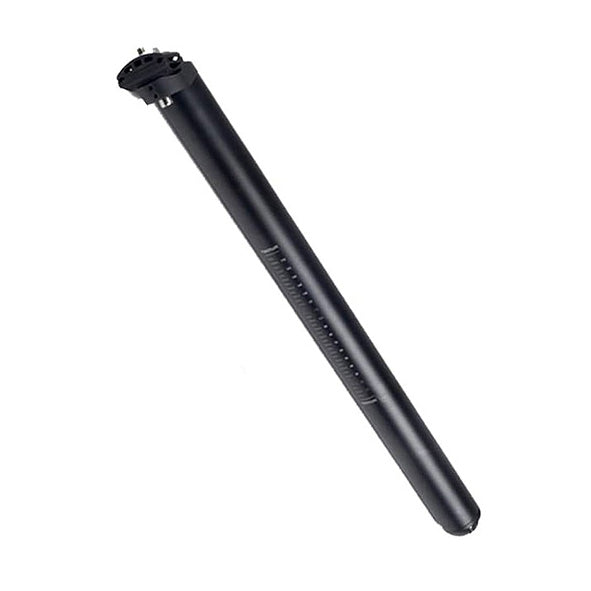Anyone who has spent any time in cycling has probably heard the phrase, "This is how bikes are made." What this means is that they are certainly cheaper and of average quality compared to the bikes made in Italy by traditional brands. While perceptions are slowly shifting, the magical truth remains: anything made in the West is synonymous with custom excellence, while products from other manufacturers are relegated to the category of cheap and mediocre. Personally, I strongly disagree with this statement.
So, when you visit a bicycle manufacturer whose high-end road bikes are leading the way in terms of technology, you will be proud of the care and quality of the production process.
01 Production Process
The manufacturing plant for these bicycles is indeed very large, and the facade of the building is a rather large sign. In this factory, it takes you two days to walk the whole way. A large parts truck slowly rolled by, along with trucks from other parts manufacturers. A company of this size requires some fairly large-scale internal logistics solutions to keep things running.
Inside the factory, the birthplace of the bicycle. Dozens of black Toray carbon fiber spools are fed into machines that feed the carbon fiber into another set of machines that gather the threads together and impregnate them with a special resin to form sheets, known as prepregs, that are used to make the frames and rims of road bikes. If this sounds like the norm for carbon fiber composite frame manufacturing, it's not. Most brands, even the big names, buy carbon fiber in prepreg form. Manufacturers rarely produce their own prepregs, which means they can build all high-end frame sets from the base material.
By making their own prepregs, manufacturers can fully control the characteristics of the frame: weight, stiffness, riding quality, because the raw materials can be customized. The prepreg looks nothing special when it comes out, like black tracing paper rolled up into large rolls. They're so featureless that you might not know what they are when you walk by, and the rolls are stored in industrial freezers that can hold anything from more than 10 days to a month's supply. By producing their own prepregs, manufacturers can manufacture composite panels according to their own formulas. With years of composite knowledge and experience, manufacturers have industry-leading expertise in the honing and refining of carbon fiber production.
02 Cutting-edge Technology
Cold cutting and layering sounds like a Michael Jordan fix, but it's actually the next step in frame manufacturing. The most notable is cold knife cutting, which is the latest technology in the cutting of composite sheets by these manufacturers. About 97 percent of the composite samples were cut using the ordinary stamping method, which uses a steel die similar to a cookie cutter. This method can produce quite accurate, high-yield samples. Cold cutting accounts for another 3%, such as the need to precisely lay smaller, more complex samples. In the past, manufacturers cut such samples with lasers, but found that the high heat of the laser activated the composite prematurely, sometimes leading to substandard finished products. Cold knife cuts are more laborious and take about four times longer to produce the finished product, but the end result is better. Although there have been some reports about the process, these manufacturers have maintained a veil of secrecy about the technological progress. Only a handful of large bicycle manufacturers use this technology, and I heard that this technology is only used in the aerospace sector.
Although the manufacturer's industrial manufacturing process has been automated, the carbon fiber laying in the frame manufacturing is still done manually, and by the company's most experienced technicians. Frame manufacturers must first demonstrate their skills in other carbon fiber laying products, such as wheels, before they consider participating in frame manufacturing. It was fascinating to watch the manufacturers meticulously and expertly place each precisioncut piece of carbon fiber prepreg into the mold. After curing, finishing and finishing, the frame group can be painted and assembled, but before that, each front fork is X-rayed. Whether the manufacturer manufactures it itself or for another company, it is important to ensure that every part it manufactures is inspected for safety to ensure that there are no defects in the carbon fiber structure that could compromise its strength or robustness. Not only the front fork, but also each carbon fiber wheel is X-rayed and evaluated. Then there's the fatigue test.
The frame is tested in four phases to a standard 20% higher than the ISO safety standard: engineering test, development test, pre-production test and mass production test. The test room is filled with various bike-torturing devices that bend and twist the poor frame at various angles. It's amazing to watch, but strangely, it makes people more confident. Painting is also done in-house, a process that manufacturers are increasingly proficient in. The latest fleet frame and cool color scheme are proof of that. Once the frame is dry, it's sent to the assembly area. Factory assembly workers are so proficient in the whole process that it takes just over 10 minutes to go from the basic frame to the basic rideable bike, about the same amount of time as a skilled car shop mechanic can tape the handlebars. About 100 complete bikes are boxed up and ready to go every hour.
03 OEM production
From the assembly area, frames bearing the logos of other major brands can be seen. The manufacturer is clearly confident enough in its own process that the bikes it makes for other companies won't reflect badly on it, and other brands won't be reluctant to reveal where their bikes are made.
Of course, any bikes produced here will be qualitatively qualified and high-end. Manufacturers simply can't lower the specifications of their production processes to produce lower quality bikes and frames, which means that bikes made here for other brands are of the same high quality. Despite their size, these numerous manufacturers continue to grow. Its attitude to technology and production processes, from carbon fiber materials to the start of manufacturing complete vehicles, means that its quality and prestige are constantly improving.







